Krater Review
 Game: Krater
Game: Krater
Developer: Fatshark
Publisher: Fatshark (Steam)/Lace Mamba Global (Retail)
Available on: Windows PC Only
Sweden has given the world many things, from melodic death metal to ABBA; from IKEA to the celsius temperature scale. It’s regularly ranked as one of the best countries in the world to live, and has always had excellent public services as a result of its relatively high taxation. However, what if the beautiful Scandinavian country was ravaged by nuclear war, and split into warring factions? That’s what Swedish developer Fatshark have done in the action-RPG Krater.
STORY: Krater begins with your team awakening with the greatest hangovers in the history of the world. Well, perhaps not that bad, but when you’re suffering from it, it’s always the worst. After retrieving various members of your team who are scattered around the starting area, you travel to the town of Norrmalm, a hub on the edge of the Krater, and the focal point for the nation of Solside. As a planned episodic game, Krater (sub-heading Shadows over Solside) has 2/3rds of the story locked off, but the story of the nation of Solside is at your beck and call. The trouble is, you don’t know why. Once you’ve gone through the tutorial, you don’t really understand why you’re there; is it to search for treasure and loot like the other Free Diggers? You never really get told why, and it kind of detracts from the experience as you toddle off around Solside doing missions.
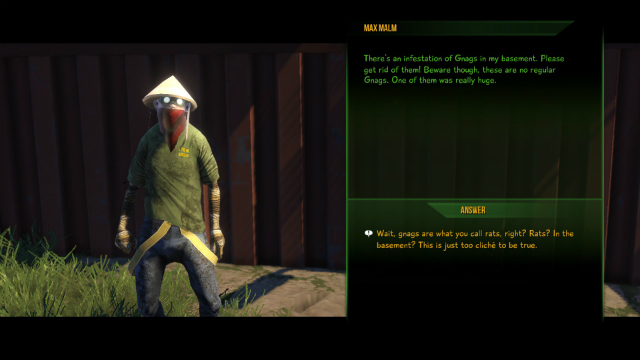
As you advance through the chapters of the game, you learn more about the communities around the Krater, and more ways to gain the fame and fortune that free-diggers dotted around Solside dream about. However, it’s not all treasures and loot gathering as you make your way through this, the first of 3 episodes in the Krater Universe. Once you’ve discovered a family slaughtered and a caravan destroyed, the trail it creates leads you to cross paths with a deadly bandit known as Bloodclot. As you search for the elusive coin and treasure, it becomes apparent that your team and Bloodclot do not see eye to eye, and a collision course is set.
GRAPHICS: Very much designed in the Borderlands and RAGE mould, Krater features the same kind of visuals and setting. Gas-masked individuals, colourful bandits, decrepit communities built of scrap and mutated animals are all present here. Whilst completely unoriginal, Krater does look great for it, and it’s a welcome change from over-saturated browns and murky greys that a lot of games tend to rely on these days as a basis. Each dungeon, though often lacking in variation, looks nice, with a very Diablo feel permeating the game design in the sub-surface levels.
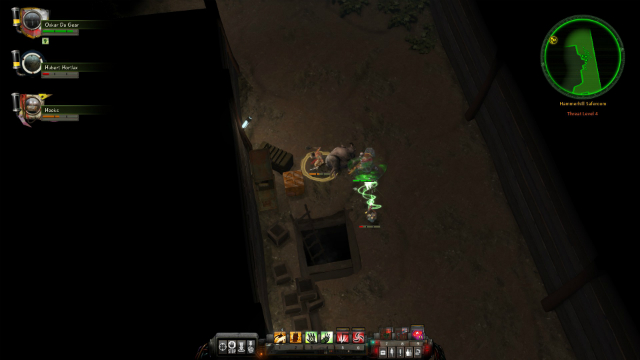
SOUND: The audio design, on the other hand, is more reminiscent of Mirror’s Edge, with the haunting desolate electronica sound accompanying your forays into the Underside. However, you wouldn’t know that from the title screen, which is accompanied by a jaunty nautical number that gets you into the mood for the satire that the game lathers onto everything. You’ll even hear some of it, with partial, garbled voice acting adding to the feeling that somehow the Pyro from Team Fortress 2 ended up in post-apocalyptic Sweden.
GAMEPLAY: A variation on the usual action-RPG style, Krater is as much a squad-based RPG as it is an action RPG. While all the hallmarks of the genre that Diablo popularised have returned, with point and click controls, a lot of loot and plenty of dungeon-based goodness, there’s less of an emphasis on levelling up and being attached to just one hero. In Krater, you have 3 characters at your disposal from a possible 4 classes: Retainer, Slayer, Bruiser and Medikus (all of which are slight variations on the usual Tank, Healer and DPS classes from most MMORPGs). With a level cap of only 15, and a ranking system requiring either the purchase of higher ranks from boot camps or recruitment of higher ranked characters, there’s not much emphasis on the RPG side of things.
Where there is an emphasis, however, is on the loot aspect of the game. With a lot of tiered weapons and gadgets, there are several aspects on how to get the strongest possible attack. In comparison to other games, it’s more streamlined, with certain boosters and implants (slots for which are unlocked by levelling up to the Level 15 cap) being suited to certain classes. Once you reach that cap, it’s all about selecting the right implants and boosters to deal with enemies. It’s a vitally important step, as the difficulty spikes at the end of story and mission related dungeons will infuriate and annoy until you’ve got the right selection at your disposal.
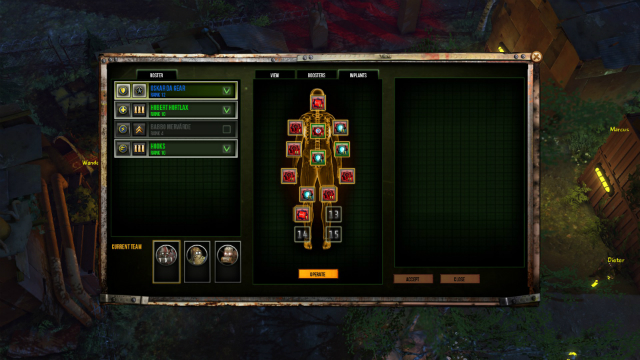
To get between dungeons, city-hubs and missions, you’re presented with an open world. However, don’t expect your team to freely walk around such a large expanse of space. With a top-down view, your team becomes an arrow as you click your way around the hinterlands of the Krater. As well as the map highlighting areas to visit (dungeons, villages and settlements), there are also random encounters with different threat levels. When you stop for one, you’re placed in a small battlefield, and you can either run straight through to the exit, fight the enemies there, or trade with the mysterious trader that can often appear. At first, they seem like a nice addition but, as with all random encounters in games, they soon become annoying, as you try to make your way around the map, only to be impeded.
You may also find your attempts to progress through the game impeded by various stability issues that plague the game for many users. With an engine that only runs on DirectX 10 and DirectX 11 capable machines, even people who fit such constraints may find issues. If you own one of the first generation of DirectX 10 cards, the current engine build is untenable. If you own a 400 or 500 series Nvidia card, you may find instability causes crashes with the latest patches. It can be fixed, by sheer determination, installation of new beta drivers and reinstalling C++, but it’s infuriating, especially when it used to work before, but doesn’t with the newer patches.
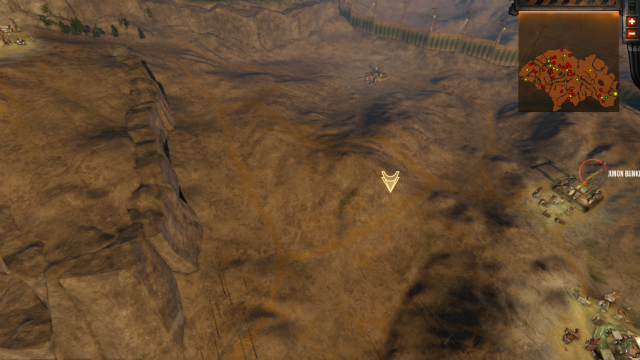
LONGEVITY: With 5 chapters, a story spanning over 20 hours and side-quests aplenty, there’s a lot to do in Krater, should you be so inclined. If you’re a fan of simply battling your way through dungeons for loot, there are plenty of those too scattered across the length and breadth of Solside. For all the things that Krater tries, and fails at, with constant, free support for this episode, and more episodes coming, as well as with the Online Mode arriving on the 10th of July, with co-op mode promised entirely free for those who own the game, there will always be plenty to do in the game. It’s just a case of whether you want to.
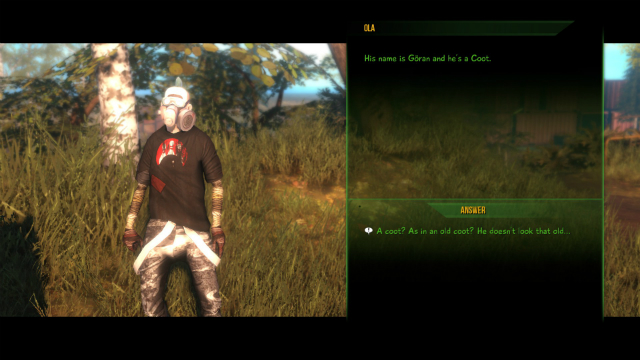
VERDICT: Despite the varied world and characters, Krater falls short of being a truly great game. Whilst it is excellent at keeping you hooked, the immersion is sometimes broken, be it through no real knowledge or involvement in the story until the later chapters, as it’s never truly explained why you’re there, or the constant stability issues that plagued my experience of the game later on. Krater is an admirable reinvention of the genre by an indie team, and possesses an excellent universe, but it needs more patches. Luckily, with 7 patches in 21 days at time of writing, there’s plenty of those coming. Krater just isn’t a refined enough experience at the moment to be anything more than a flawed gem, with stability issues and the lack of the online mode making the game feel slightly unfinished.





